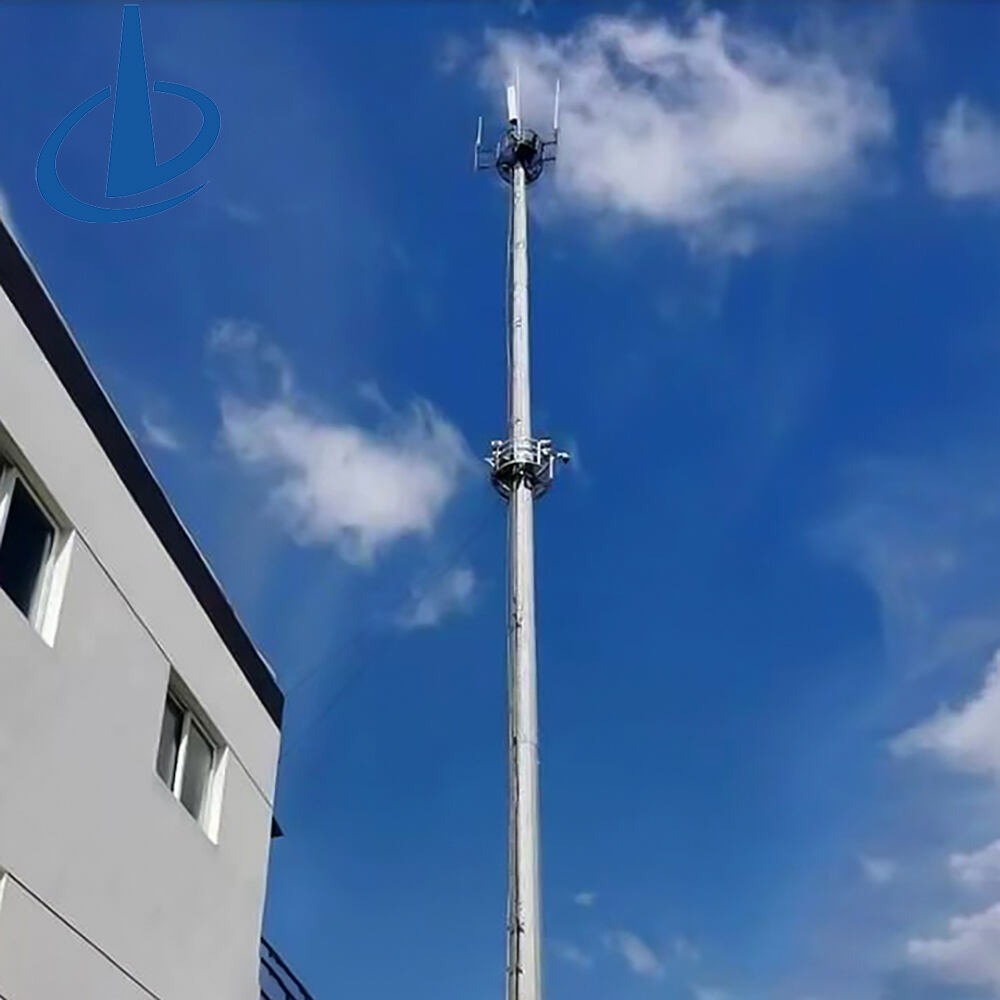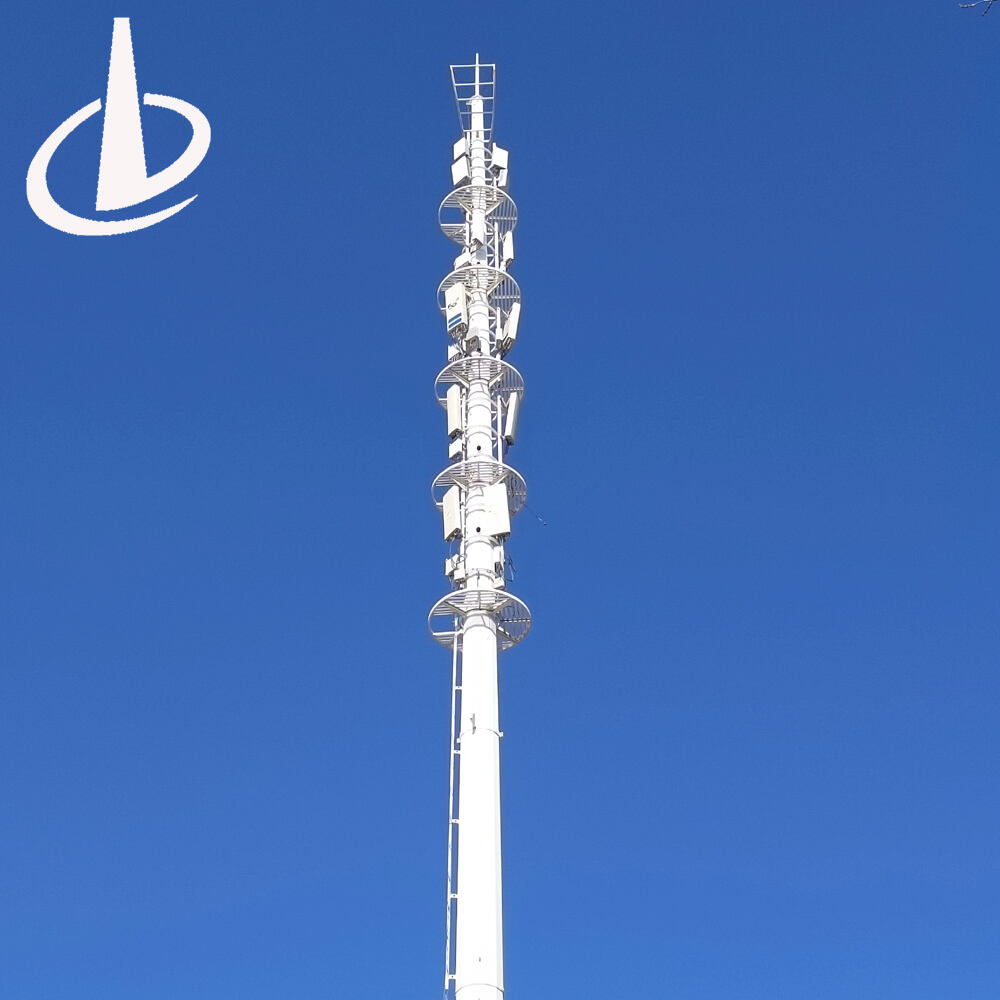self supporting crank up tower
A self supporting crank up tower represents a revolutionary advancement in telecommunications and broadcasting infrastructure. This innovative structure combines robust engineering with practical functionality, enabling users to easily raise and lower the tower through a mechanical cranking system. Standing independently without the need for guy wires, these towers typically range from 30 to 100 feet in height and can support various equipment including antennas, satellite dishes, and monitoring devices. The tower's design incorporates a series of nested sections that telescope into one another, allowing for compact storage when lowered and full extension when deployed. Built with high grade steel and featuring corrosion resistant coating, these towers ensure long term durability and reliability in various weather conditions. The integrated winch system utilizes steel cables and pulleys to facilitate smooth operation, while safety locks at each section prevent accidental retraction. The base section is typically reinforced and mounted on a concrete foundation, providing exceptional stability without the complexity of additional support structures. These towers have revolutionized the installation and maintenance of communication equipment, offering a practical solution for both temporary and permanent installations.


